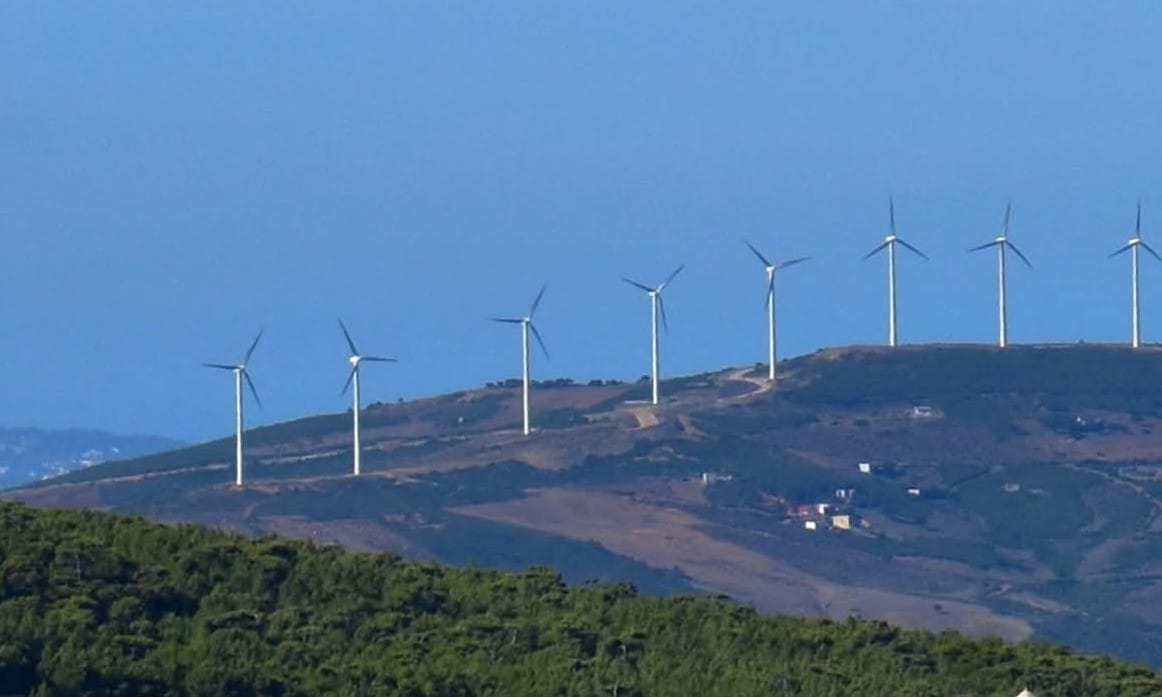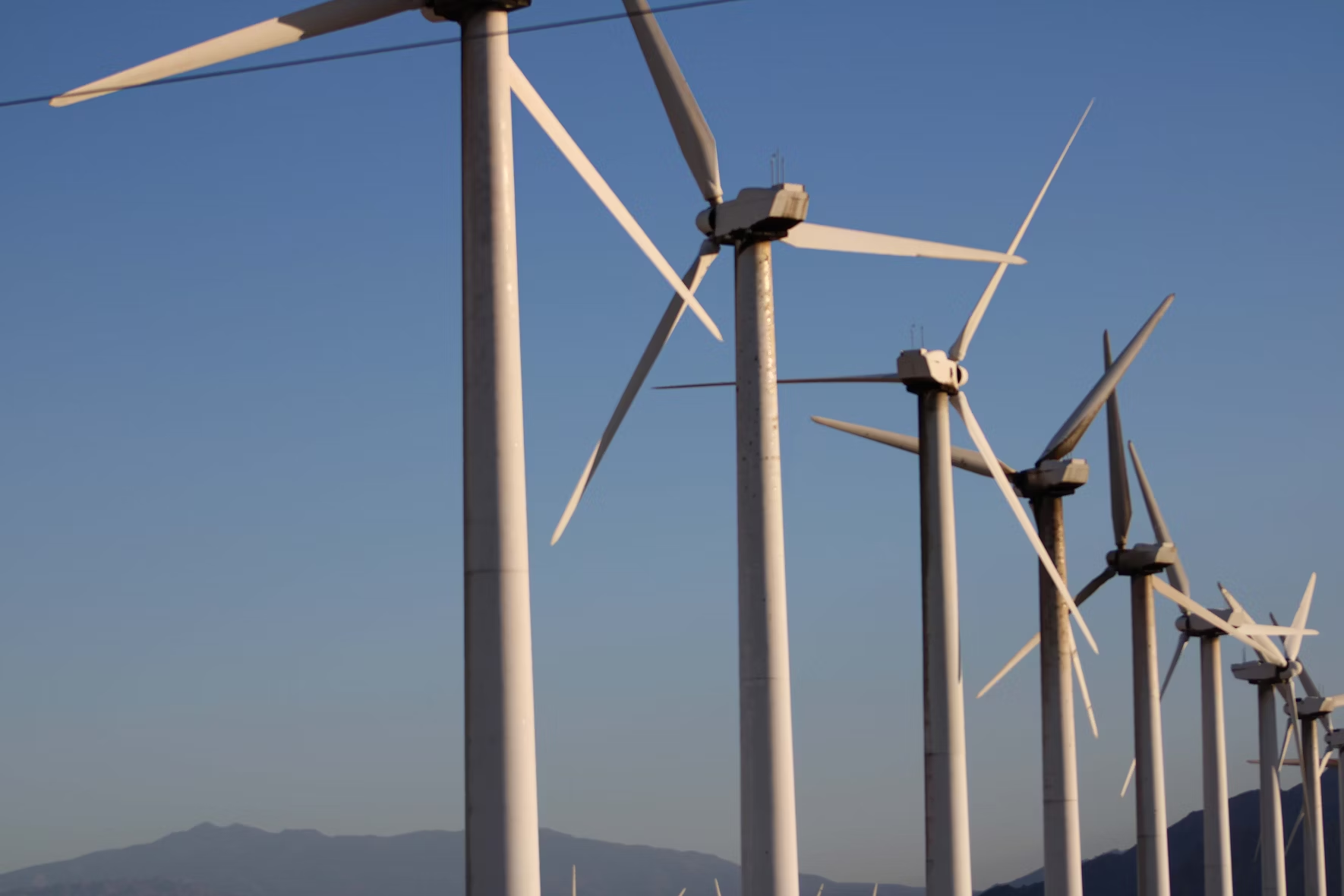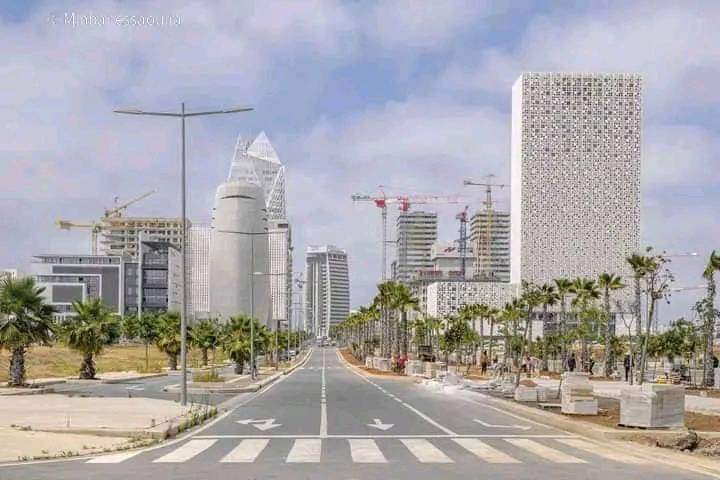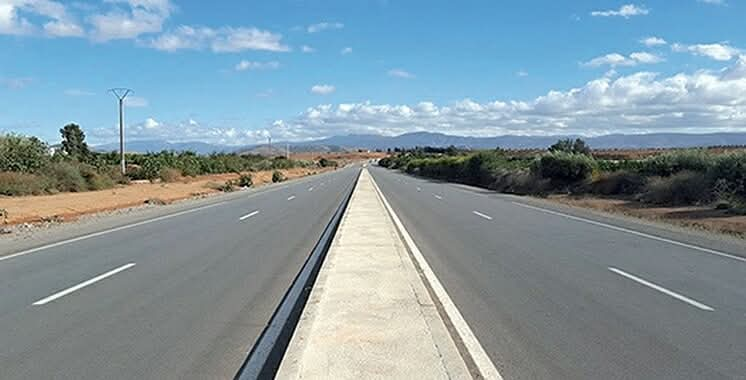Casablanca – A recent report from Morocco’s Ministry of Economy and Finance sheds light on a significant gap in climate financing within the country, estimating an annual shortfall of approximately $4.5 billion for the period from 2025 to 2030. This report underscores the limited role of the private sector in funding climate-related projects, which has fluctuated between 25% and 30% from 2011 to 2019. This contribution is markedly lower than the average participation of around 50% observed in comparable nations throughout the Middle East and North Africa (MENA) region.
Historically, the majority of climate financing in Morocco has been sourced from public funds. The report indicates that this reliance on public financing poses challenges, particularly as Morocco aims to enhance its climate resilience and transition to a greener economy. While the public sector has played a crucial role in initiating climate projects, the need for private investment is becoming increasingly critical to bridge the financing gap and meet ambitious climate goals.
The report emphasizes that the opportunities for private sector investment are concentrated mainly in mitigation projects. These include initiatives such as renewable energy production, electric transportation, and other green technologies. Such projects tend to present more attractive business models for private investors, in contrast to adaptation projects that focus on addressing the ongoing and future impacts of climate change. This disparity in investment appeal illustrates the necessity for targeted strategies to stimulate private sector involvement in both mitigation and adaptation efforts.
To enhance private sector participation, the report highlights the importance of demonstrating the profitability of climate-related investments. It advocates for the establishment of financial mechanisms and public policies designed to incentivize businesses to increase their investments in this sector. The objective is to elevate the private financing share to 50% of total climate financing by 2030, a target that aligns more closely with international benchmarks and reflects the needs of the local economy.
Additionally, the report identifies the need to diversify the financial instruments available in Morocco. It suggests introducing innovative financial products based on “green” assets, developing fintech solutions, establishing a voluntary carbon market, and creating consumer-targeted products. These could include financing options for electric vehicles, energy-efficient home renovations, and other initiatives aimed at reducing carbon footprints. Such measures could create a more robust and appealing investment landscape for private entities.
However, a critical obstacle to increasing private investment in climate finance is the current lack of a coherent green financial classification. The report points out the delay in implementing such a classification, which would provide clarity for investors, project holders, and public authorities regarding which economic activities can be classified as “green.” This classification is essential for creating a shared understanding of the potential for green investments, thereby helping to attract both domestic and international capital.
In a global context, climate financing reached an average of $1.3 trillion annually during the 2021-2022 period, with the private sector contributing approximately 49% of this total. However, a significant portion of these funds—over 90%—was allocated to mitigation measures. In contrast, adaptation projects attracted only 5% of global financing, with private sector contributions limited to just 2%. This lack of interest from private investors in adaptation projects stems largely from the absence of sufficient attractive return opportunities.
The findings in Morocco’s report emphasize the urgent need for enhanced private sector engagement in climate financing while also underscoring the potential for the country to establish itself as a leader in sustainable investment within the region. By implementing effective strategies and fostering collaboration between public and private sectors, Morocco can work towards achieving its climate goals, which include a commitment to reduce greenhouse gas emissions by 45.5% by 2030 and attain carbon neutrality by 2050.
The path forward for Morocco involves a concerted effort to attract private investment in climate initiatives, diversifying financial tools, and developing a clear regulatory framework for green finance. By doing so, the country can not only address its climate financing gap but also contribute to broader regional and global sustainability efforts.















